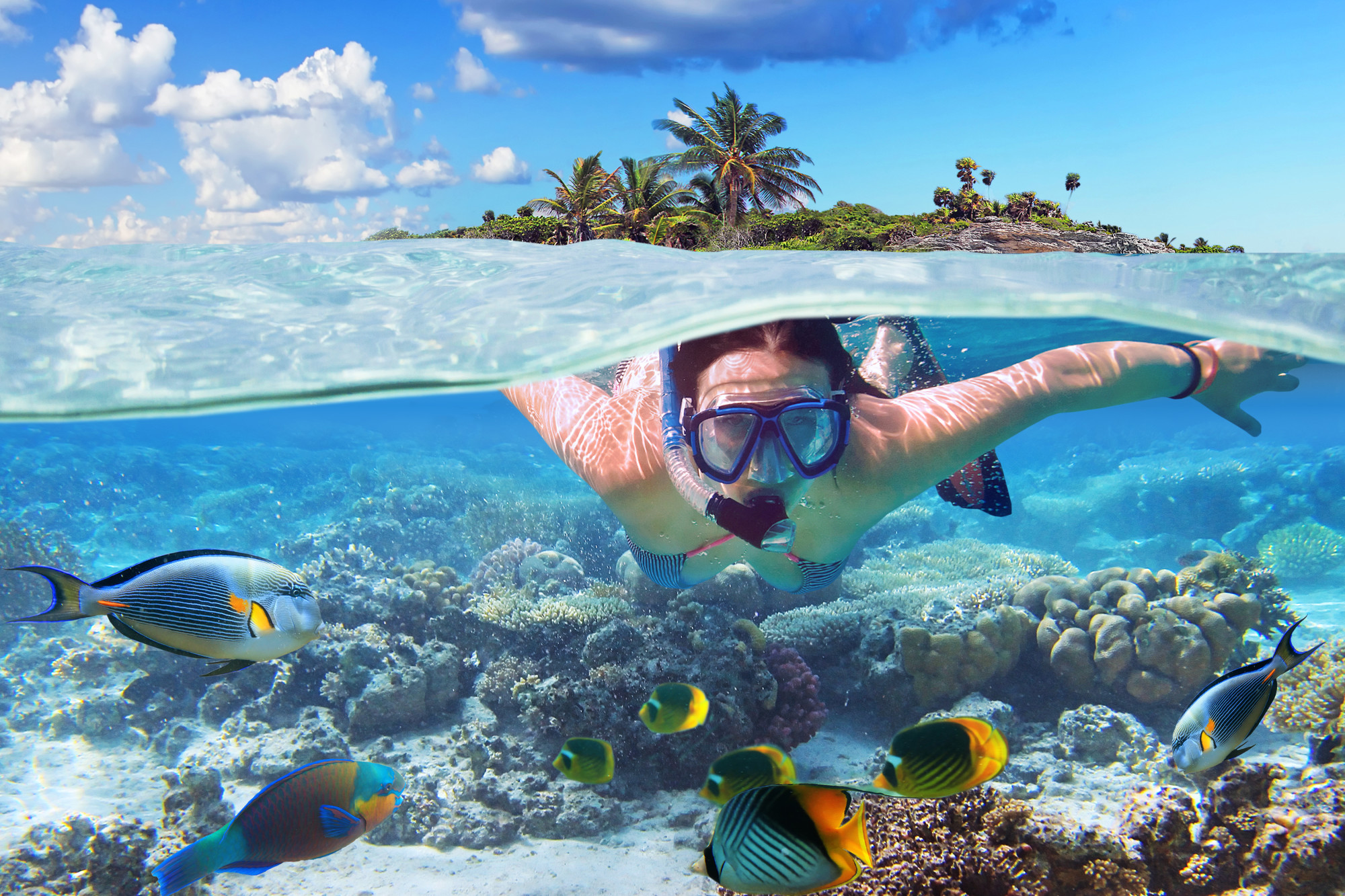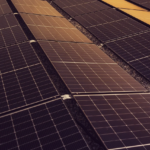Did you know there are over 27 million certified scuba divers worldwide?
If you’re fascinated by the underwater world, you probably hope to join their ranks someday. In the meantime, what can you do to satisfy your curiosity?
It’s time to learn how to snorkel!
Snorkeling is a safe and affordable way to introduce yourself to the world below the waves. It’s accessible to young children, seniors, and everyone in between. Bonus: It’s easier than you think.
In this snorkeling for beginners guide, we’ll teach you everything from how to use a snorkel to the best snorkeling tips. Before you head off to that beautiful tropical beach, read this first!
Learning Snorkeling: 3 Skills You’ll Need
Snorkeling is an easy, enjoyable activity for the whole family, but there are some important skills you’ll need before you dive in.
1. Be a Strong Swimmer
Yes, it’s easy to float in saltwater, and the fins definitely make it easier to swim (but more on that later). In some areas, if you sign up for a snorkeling tour, you might even be required to wear an inflatable swim vest.
With that said, there’s no substitute for strong swimming skills. There’s a big difference between paddling around a pool and exploring the open sea—even if the waters are calm.
If your swimming skills are less than stellar, sign up for a few lessons at your community pool. Focus on the freestyle, as this kicking technique is the same one you’ll use when snorkeling.
2. Improve Your Breath Hold
Many snorkelers choose to stay on the surface the whole time, and that’s fine. But trust us—when you see all the dazzling fish and coral below, you’re going to want to dive deeper for a closer look.
While you’re working on your swimming technique, practice holding your breath for increasingly longer intervals. This will allow you to maximize your time underwater and will also improve your swimming efficiency.
Even if you’re already a good swimmer, the extra practice will be great for conditioning. The better shape you’re in, the more you’ll be able to relax your body and breath in the water (and enjoy the experience).
3. Swimming with Fins
Swimming with fins is easy—if you know how to do it right. The extra weight and drag of the fins take some getting used to, and many a snorkeler has experienced leg cramps in the water.
Get your body used to the new sensation by practicing with your fins in a pool or local swimming spot. Mix up periods of leisurely swimming and floating with shorter, faster periods of swimming. This will get your muscles prepped for the snorkeling fun to come!
Snorkeling Gear 101
Your basic snorkeling gear includes:
- A mask
- A snorkel
- Fins
However, there’s more to it than just grabbing any set and setting off to the sea. Like other sporting equipment, there’s a variety of styles, sizes, and price ranges to consider.
Your Mask
If you go with a traditional mask, you’ll need to ensure it fits properly. A mask that’s too big will leak, while a mask that’s too small will fog up and leave you with tender red marks around your face. Modern mask designs include a full face option that some snorkelers now prefer.
Whatever style you choose, it should fit snugly around the widest part of your head. To test the fit, press the mask to your face and inhale slightly through your nose. The mask should fit snugly to your face once you let go.
Your Snorkel
Your snorkel is (quite literally) your lifeline, allowing you to breathe while keeping your face underwater. Some are just the tube itself, while others come with a splash guard or self-sealing valve.
Regardless of the type of snorkel you use, some water will inevitably get in there. To clear your snorkel, blow a quick, forceful breath to push any water up and out. You can do this without lifting your head or disrupting your swimming experience.
The snorkel should fit comfortably inside your mouth. Grip the mouthpiece gently with your teeth, seal your lips around it, and breathe normally. Before you jump in the water, make sure the snorkel is attached to the mask!
Your Fins
Like your other snorkeling gear, you want fins that aren’t too tight or too loose. Make sure there are no hard plastic parts rubbing against your foot or you’ll end up with a blister.
Closed foot fins wrap completely around your feet, including your heels. Some snorkelers prefer an open-heel fin with booties, so you’ll need to experiment to see which style feels best to you.
Bonus Snorkeling Tips
Want to separate yourself from the newbies? Here are a few extra snorkeling tips for your arsenal.
Defog Your Mask
When you’re learning snorkeling, you’ll be surprised at the way your mask fogs up—even if you’re breathing correctly through your snorkel.
To ward off the fog, rub the inside of your mask with a bit of baby shampoo and rinse it out before you get in the water. There are also specialty defogging gels you can buy a dive shop.
Don’t Touch Anything (Ever)
No matter how amazed you are by the coral and marine life, show it proper respect and keep your distance.
Standing on coral (even for a second) can damage or even kill it. Rocks are often littered with hidden dangers, such as sea urchins. And even a harmless looking fish or plant could be poisonous, so admire them only from a distance.
Protect Your Skin
If you’re snorkeling in a warm tropical location, you might be tempted to wade in your bikini or swim shorts. Save your beach body for, well, the beach, and make sure you cover up while you’re snorkeling.
Wear a rash vest or skinsuit to protect yourself from a nasty sunburn. If you don’t want the extra layers, at least choose an eco-friendly sunscreen and slather it onto your entire back (and the backs of your arms and legs!)
Are You Ready to Learn How to Snorkel?
Snorkeling opens you up to a bright, beautiful underwater world.
By following the advice listed above, you’ll soon be on your way to learning how to snorkel like a pro!
Did you enjoy this article? Be sure to browse the rest of our site for more great reads.




